Hi Fin Red Banded Goby
$29.99
-
Select Variant
The Hi Fin Red Banded Goby is also known by the Striped Goby, or the Blackray Shrimp Goby. The body has a silver-white appearance with a yellow face and distinctive dark diagonal lines along the body. They're an excellent fish for a passive fish only or reef aquarium and can create a symbiotic relationship with the pistol shrimp.
The ideal habitat is at least 10 gallons, with ample live rocks and a sandy bed. It's not aggressive with other shrimp gobies, and could even have a burrow shared with another species. As a territorial species, it could occasionally fight with other species when they are kept together or the tank isn't big enough.
The possibility exists for Hi Fin Red Banded Goby to reproduce successfully inside an aquarium.
The food plan should comprise of mysis shrimp as well as vitamin-enriched brine shrimp and table shrimp chopped. It is recommended to feed it at least twice each day. At first, when it is added to the aquarium, it might not eat for a while before it can acclimatize and start eating.
Approximate Size of Purchase: Small 3/4" to 1 1/4" Medium 1 1/4" to 2"
- Description
- Additional Information
- Reviews
Information about Hi Fin Red Banded Goby
This Hi Fin Red Banded Goby is also known in The Striped Goby, or the Blackray Shrimp Goby. The body is a silver-white appearance with a yellow face and striking dark stripes that run across the body. They're an excellent fish to have in a peaceful fish solely or in a reef aquarium and can be a symbiotic partner with an eel shrimp.
The ideal habitat is an aquarium with at least 10 gallons and ample live rocks and a sandbed. It's not aggressive with other shrimp gobies. It may even have a burrow shared with another species. As a territorial species, it could occasionally fight with its conspecifics when kept in a group or if the tank isn't big enough.
The possibility exists for Hi Fin Red Banded Goby to reproduce successfully inside an aquarium.
Hi Fin Red Banded Goby Diet
The food plan should comprise of mysis shrimp as well as vitamin-enriched brine shrimp and table shrimp that have been chopped. It should be fed at least twice every day. When it first enters the aquarium, it might not eat for a few days, however, it will adjust and then begin eating.
size
Large, Medium, Small
Units
1
Weight
6 lbs
Dimensions
1 × 1 × 1 in

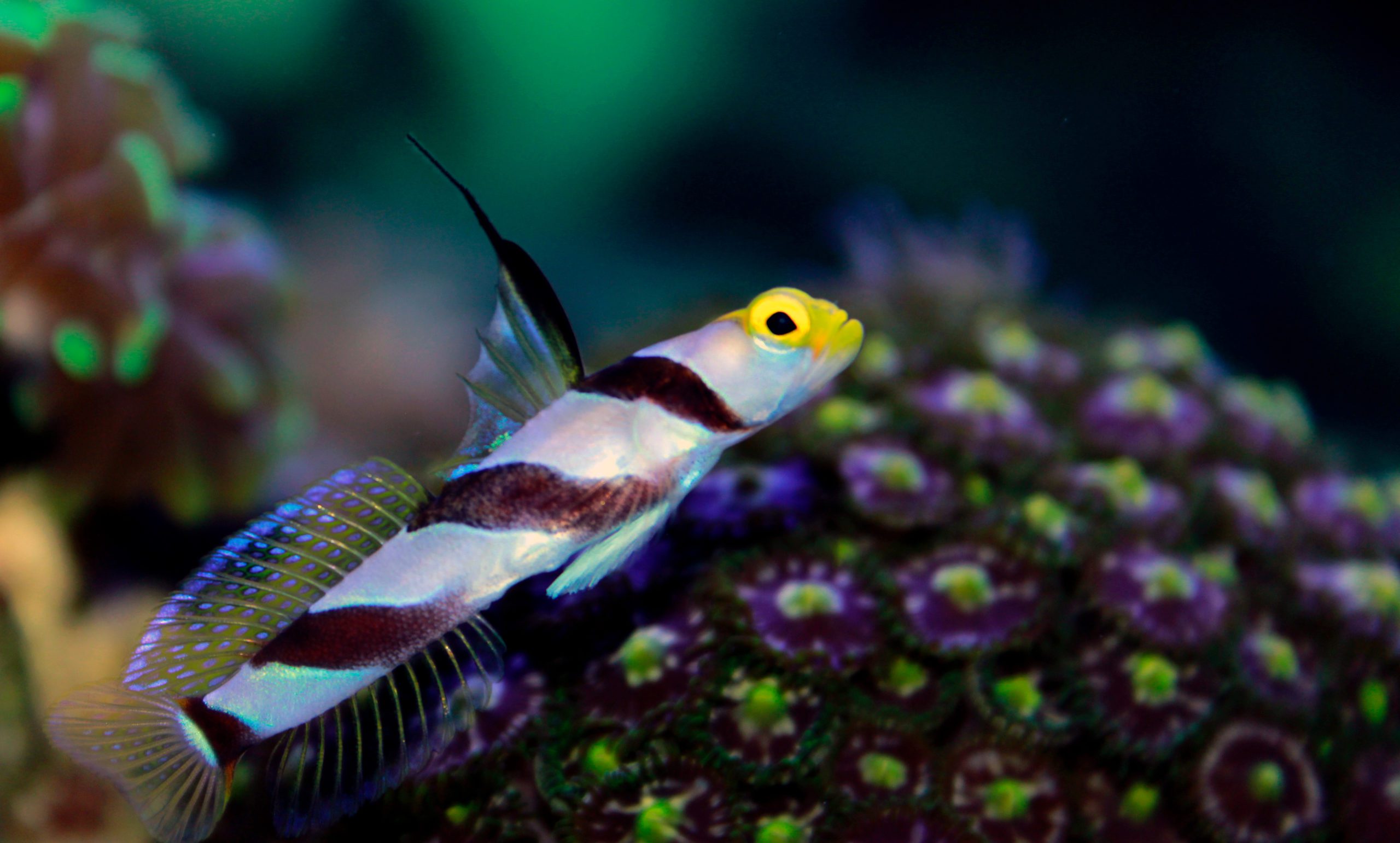
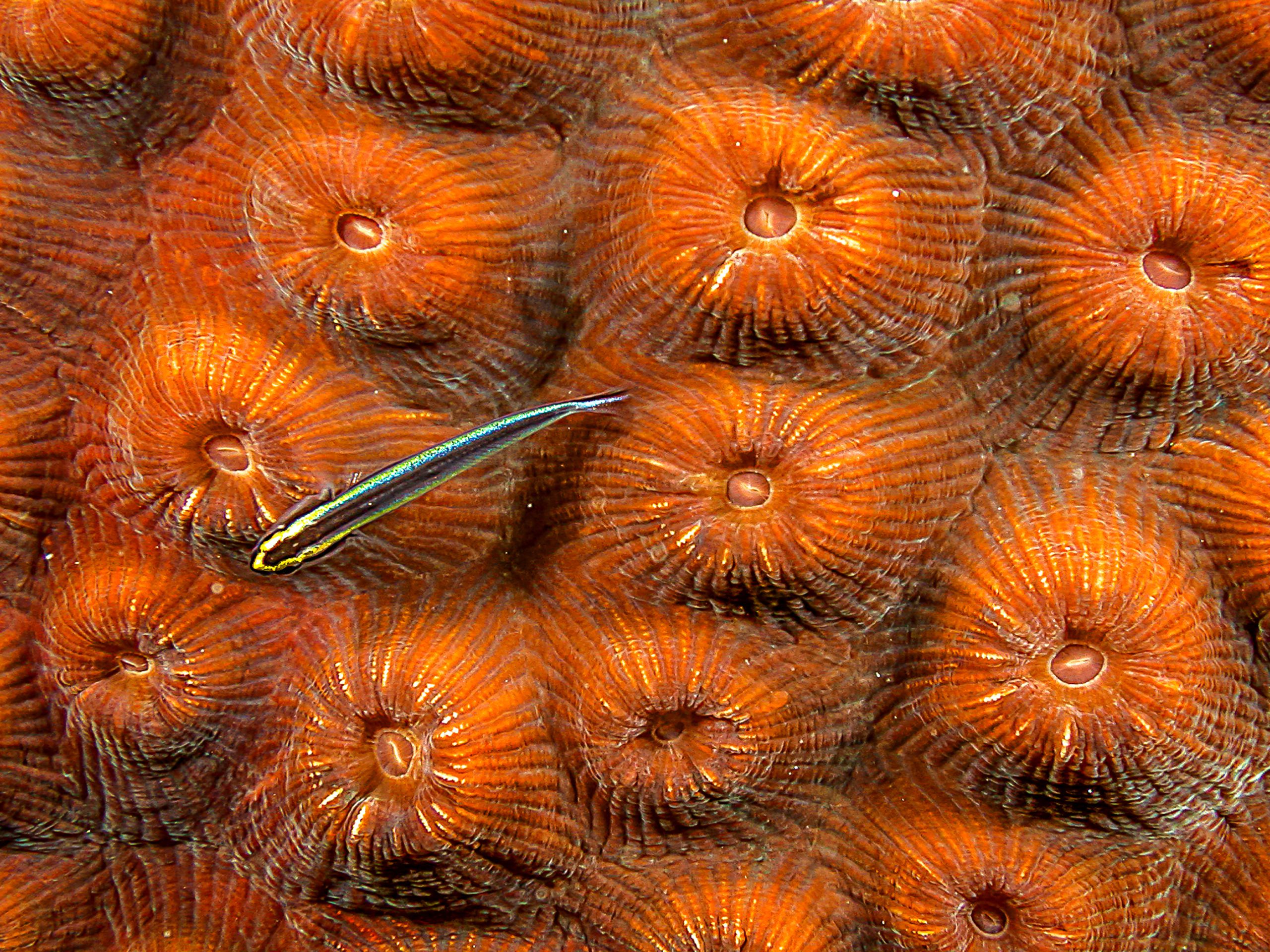
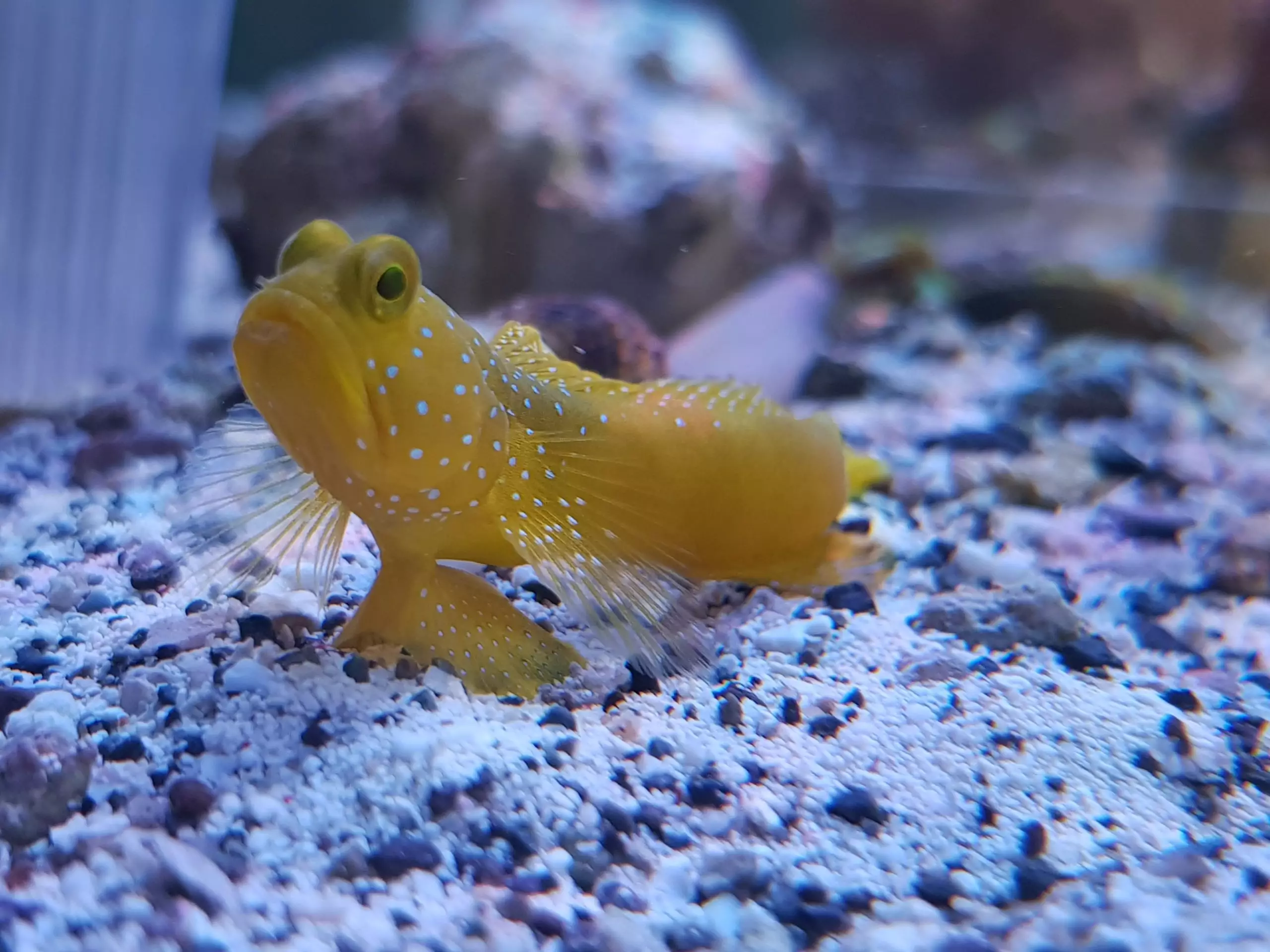
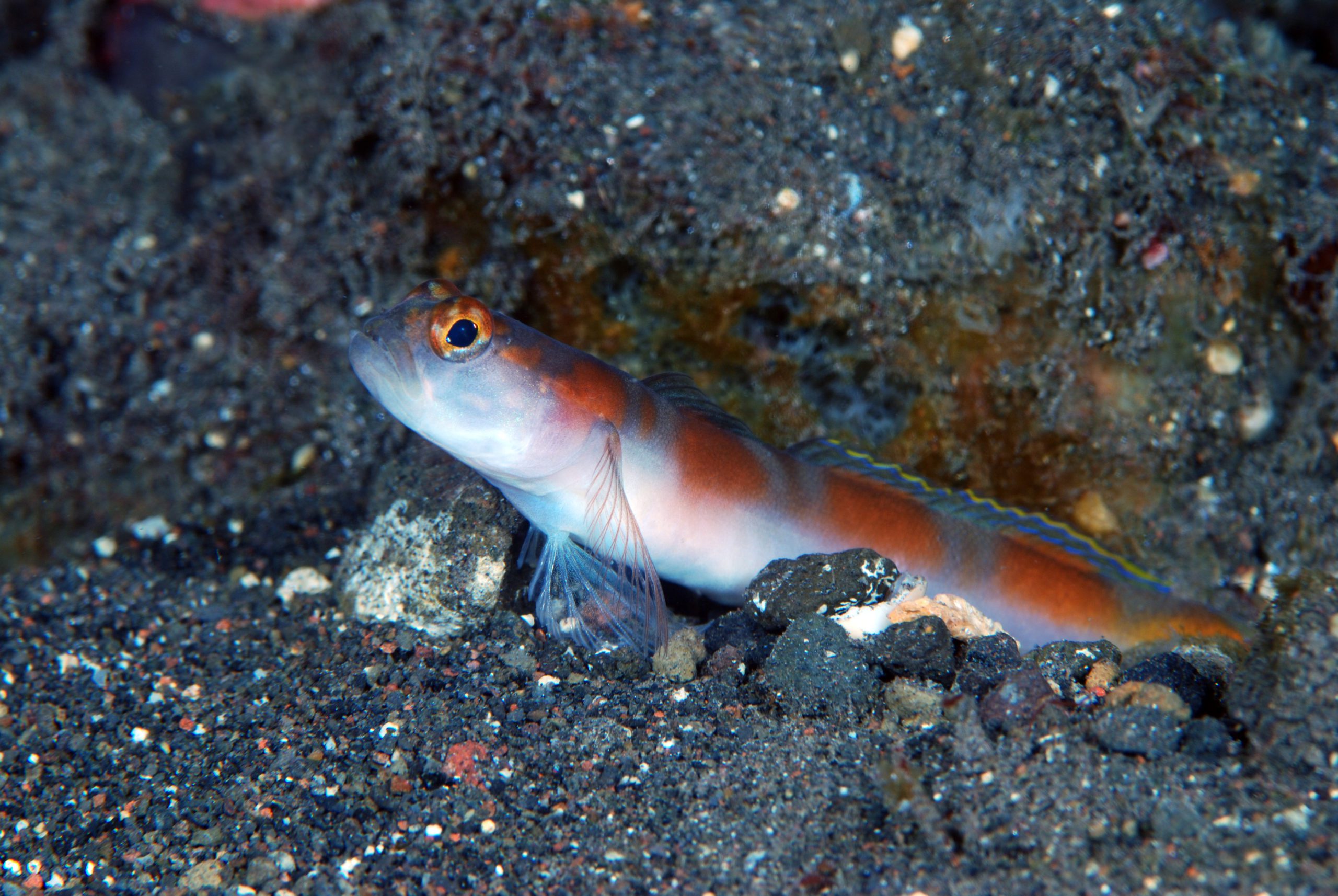
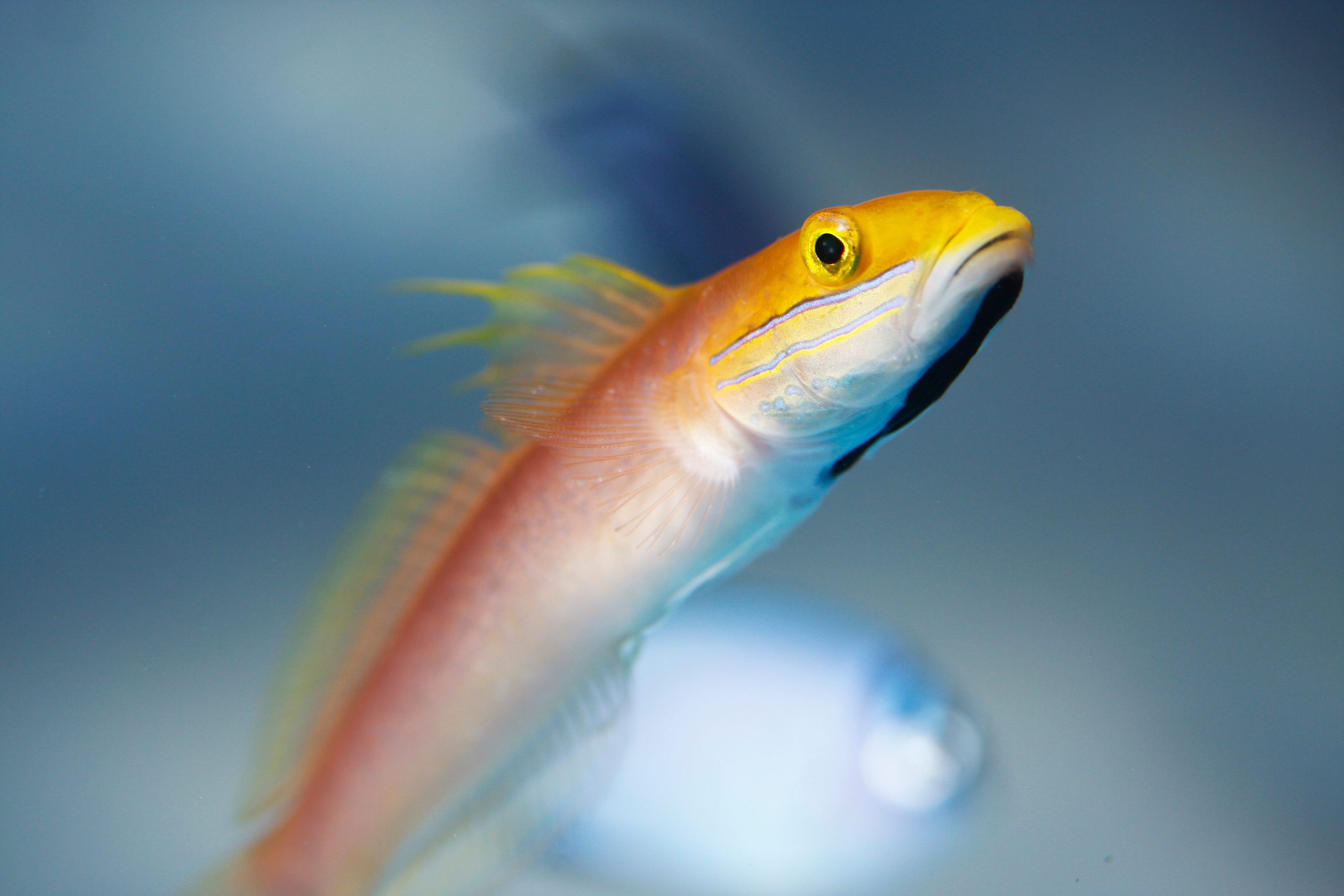



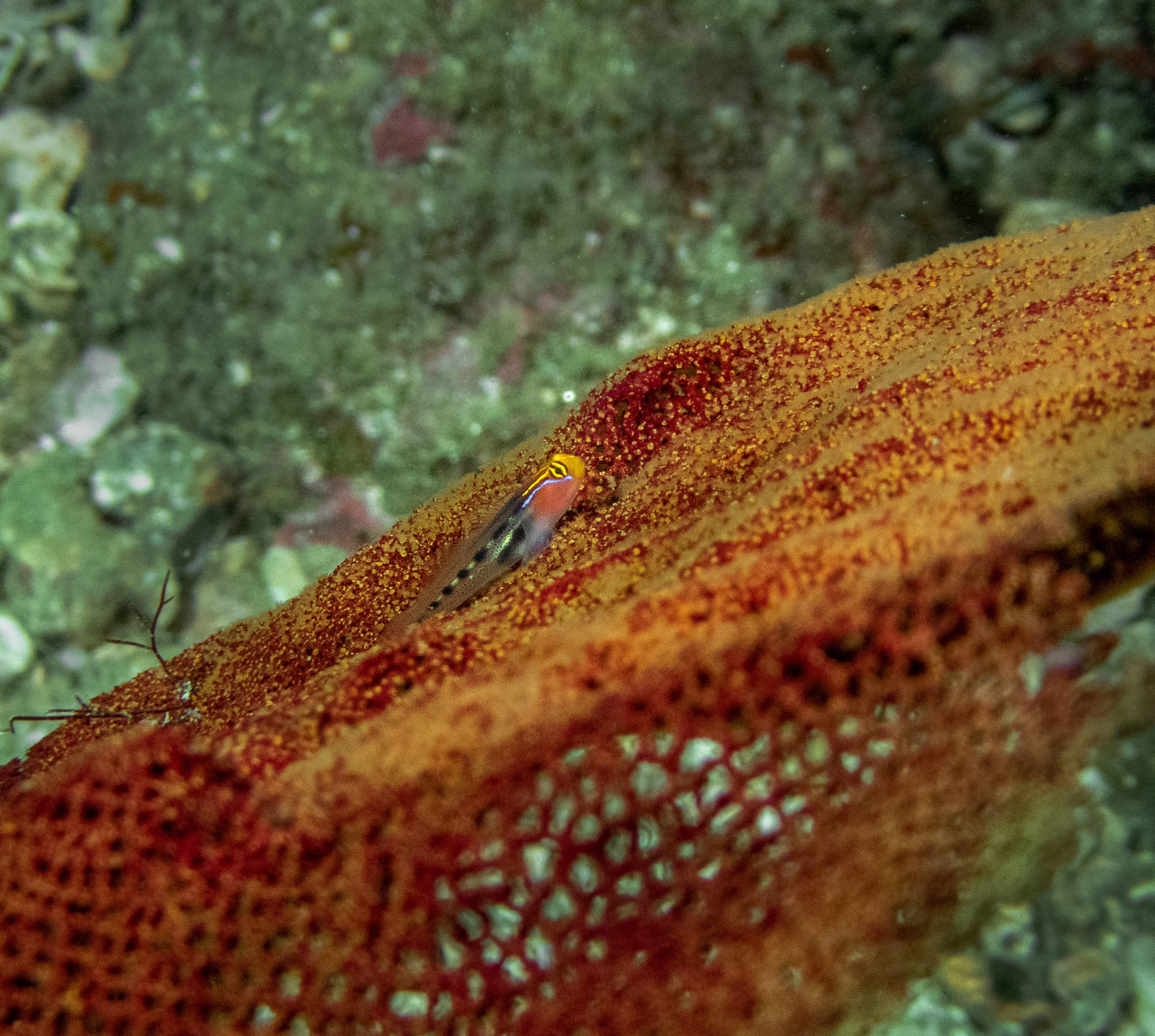

Reviews
There are no reviews yet.